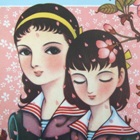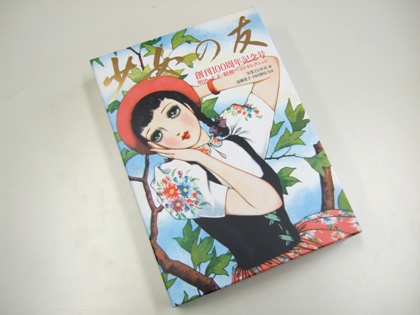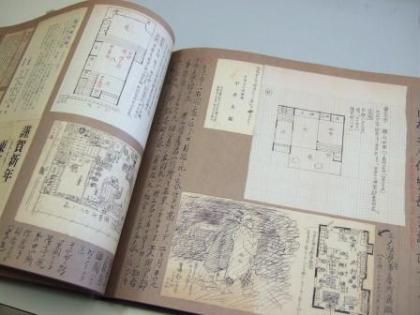Profile

- Research Subject
Analysis of ideology and the function of aesthetics in texts by Natsume Soseki, Miyazawa Kenji and Sakaguchi Ango. Re-evaluation of the place of the mystery genre in literary history. Research changes in the visual representation of youth from a gender studies perspective.
- Research Fields
- Modern Japanese literature, Cultural Studies
- Faculty - Division / Research Group / Laboratory
- Division of Humanities / Research Group of Cultural Representations / Laboratory of Visual and Modern Culture
- Graduate School - Division / Department / Laboratory
- Division of Humanities / Department of Cultural Representations / Laboratory of Visual and Modern Culture
- School - Course / Laboratory
- Division of Humanities and Human Sciences / Course of Linguistics and Literature / Laboratory of Visual and Modern Culture
- Contact
Office/Lab: 403
TEL: +81-11-706-4034
FAX: +81-11-706-4034
Email: toshino(at)let.hokudai.ac.jp
Replace “(at)” with “@” when sending email.Foreign exchange students who want to be research students (including Japanese residents) should apply for the designated period in accordance with the “Research Student Application Guidelines”. Even if you send an email directly to the staff, there is no reply.- Related Links
Lab.letters


Subcultures that emerged after World War II:
Read literary works critically
The subcultures in which students have taken part in recent years emerged after World War II. With Japan’s revival from defeat, fathers became corporate warriors, while mothers became full-time homemakers, leading to the creation of a new family model with close relationship between mothers and children. In the 1970s, a social structure where women and children played a major role as consumers emerged, leading to the thriving of subcultures that developed into the current otaku (nerd enthusiast) and kawaii (hypercuteness) cultures.
Interestingly enough, it was found that the monthly allowance of children in the 1970s is roughly equivalent in value to that of the children in modern times, even allowing for the high commodity prices then. By looking into the historical backdrops behind literary works and the types of media that promoted these works, you can deeply and critically read the distinguishing characteristics of the works.
A tributary has developed into the main stream, a mirror reflecting its times, its attractions transmitted across national borders
The research themes that the students under my supervision have chosen cover various writers from various categories, including Rampo Edogawa, Nobuko Yoshiya, Kenji Miyazawa, Riichi Yokomitsu, Haruki Murakami and Mamoru Oshii. Some students have developed an interest in characters in modern mysteries, such as Ishin Nishio. Subcultures, which used to be regarded as tributaries, have become main streams, mirrors that reflect their times and exert an immense influence on young people. The essence of Japan, a mysterious country that the world once saw through ukiyo-e woodblock prints, is currently condensed into cartoons and animations that are popular around the world. The writer I wish to research is Haruki Murakami. I’d like to identify how his works have permeated to reach people in subcultures.
Message
The laboratory of visual and modern culture, with which I am affiliated, focuses on researching phenomena related to video including movies, photos, designs, manga comics and cartoon films from the perspectives of cultural theories, ideological history studies and cultural studies in Japan, Asia and the West, thereby creating an environment enabling laboratory members to pursue cross-sectional, comprehensive research.
The official publication SO serves as a medium for presenting studies and educational achievements beyond the framework of conventional disciplines—which is also our stance on research. The title SO refers to the multiple layers of disciplines and also fissures as a driving force for triggering crustal movements within rigid academism.
I specialize in general representation culture mainly in Japan, including Japanese early modern and contemporary literature as well as mysteries. The following are examples of some of the themes for papers and master’s theses by students I have recently supervised so that you can get a clearer image of my specialty and laboratory:
Research on modern mysteries; Transition of otaku cultural issues; Research on male characters; Research on Kyoko Okazaki; Research on light novels; Research on sekaikei animation; Research on Michael Jackson; Consideration of animation after 2000 and trends in its acceptance; Modern yōkai (supernatural monsters and spirits in Japanese folklore) studies




